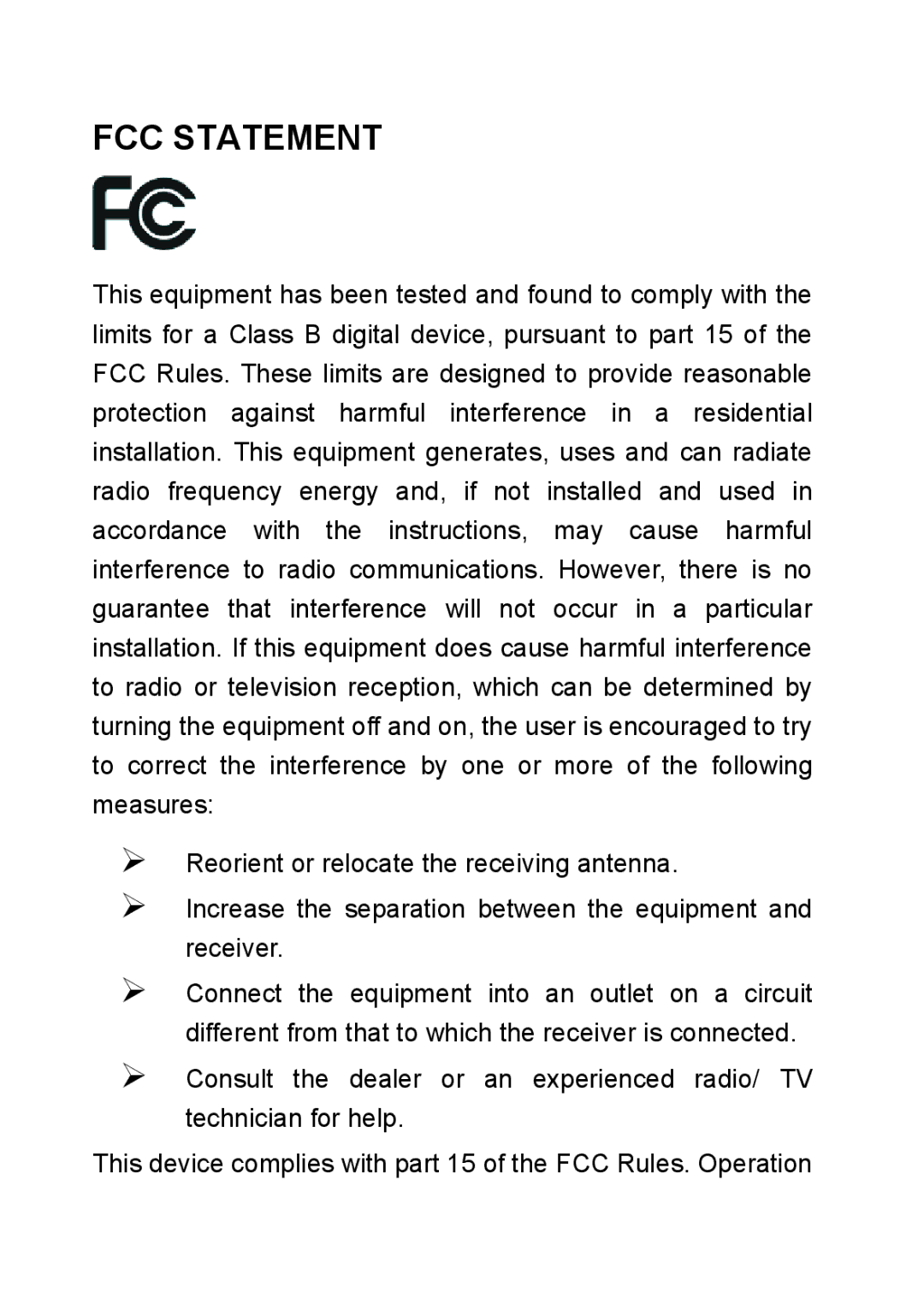TL-SM321B, TL-SM321A specifications
The TP-Link TL-SM321A and TL-SM321B are high-performance multi-gigabit SFP transceivers, offering advanced features and capabilities that enhance network connectivity. These modules are designed to meet the increasing demand for high-speed data transfer in modern networking environments.One of the primary features of the TL-SM321A and TL-SM321B is their compatibility with a wide range of TP-Link switches, routers, and network devices. This versatile integration ensures that users can easily upgrade their network infrastructure without replacing existing equipment. Both models are designed to work with the standard SFP interface, allowing for seamless interoperability with other devices that support this technology.
In terms of performance, the TL-SM321A operates at a speed of 1 Gbps, making it suitable for Gigabit Ethernet applications, while the TL-SM321B supports 10 Gbps, which is ideal for high-demand applications such as data centers and enterprise networks. This dual support for different speeds ensures that these transceivers can cater to various networking needs, from general office usage to advanced data-driven environments.
Both modules utilize multi-mode fiber (MMF) technology, enabling data transmission over shorter distances with high bandwidth. The TL-SM321A is designed for distances up to 550 meters, while the TL-SM321B can extend connectivity up to 300 meters. This capability allows for flexibility in network design, accommodating various cable lengths and layouts while maintaining optimal performance.
In addition to their robust performance characteristics, the TL-SM321A and TL-SM321B include features such as hot-swappable design, which facilitates easy installation and replacement without needing to power down the network equipment. This aspect is particularly beneficial in mission-critical environments where uptime is essential.
Both transceivers comply with industry standards, ensuring reliability and performance consistency. They also come with an extended temperature range, enabling their deployment in diverse environmental conditions, which is vital for organizations with varying operational settings.
In conclusion, the TP-Link TL-SM321A and TL-SM321B are excellent choices for businesses looking to enhance their network capabilities. With their high-speed performance, compatibility, and reliable design, these SFP transceivers stand out as essential tools for modern networking solutions. Whether for a small office or a large data center, the TL-SM321 series promises to deliver efficient and effective connectivity.
